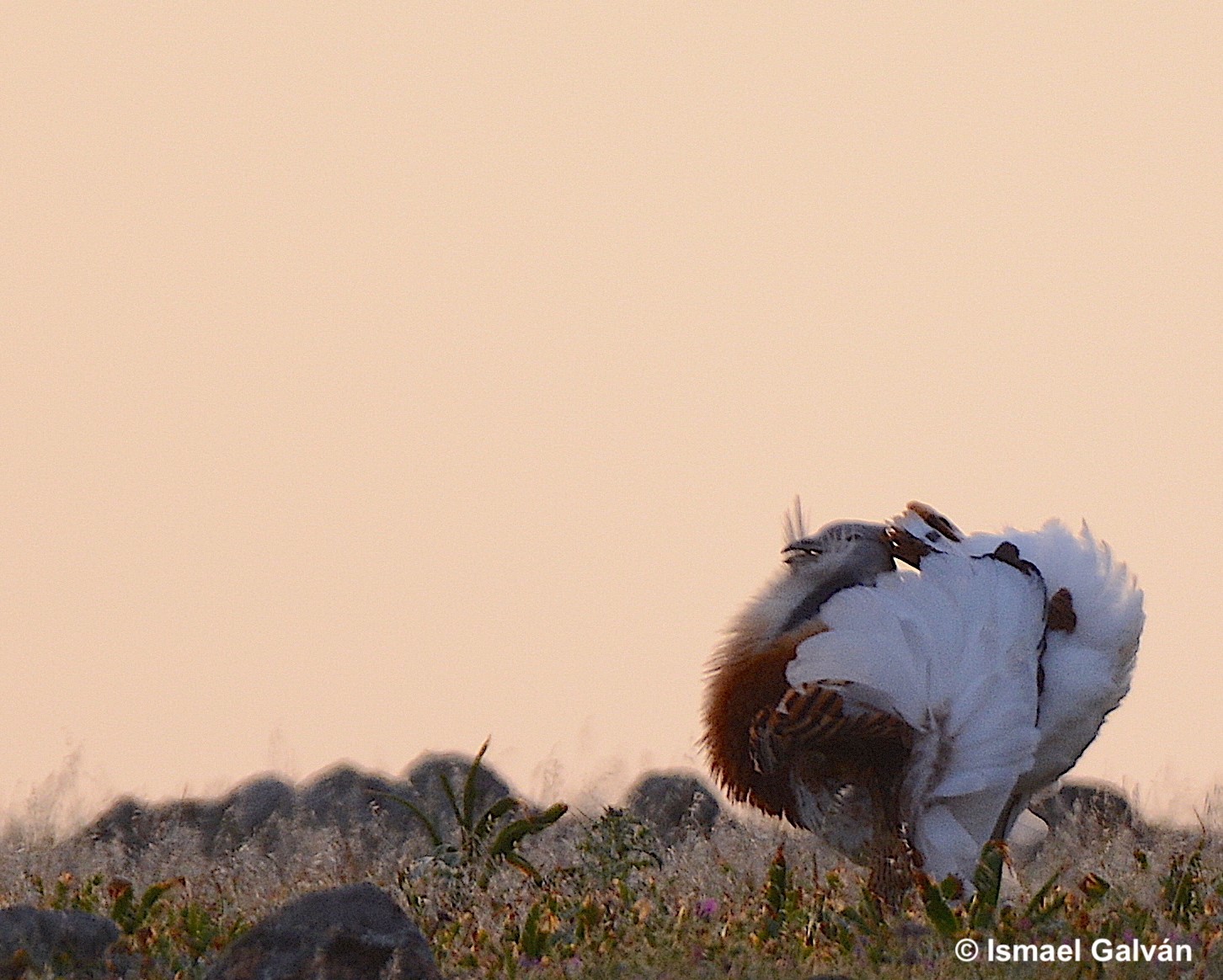Humans accumulate porphyrins in the body mostly during the course of porphyrias, diseases caused by defects in the enzymes of the heme biosynthesis pathway and that produce acute attacks, skin lesions and liver cancer. In contrast, some wild mammals and birds are adapted to accumulate porphyrins without injurious consequences. This study proposes to view such physiological adaptations as potential solutions to human porphyrias, and suggest certain wild animals as models. Given the enzymatic activity and/or the patterns of porphyrin excretion and accumulation, the fox squirrel, the great bustard and the Eurasian eagle owl may constitute overlooked models for different porphyrias. The Harderian gland of rodents, where large amounts of porphyrins are synthesized, presents an underexplored potential for understanding the carcinogenic/toxic effect of porphyrin accumulation. Investigating how these animals avoid porphyrin pathogenicity may complement the use of laboratory models for porphyrias and provide new insights into the treatment of these disorders. informacion[at]ebd.csic.es: De Oliveira Neves & Galvan (2020) Models for human porphyrias: Have animals in the wild been overlooked? BioEssays. DOI 10.1002/bies.202000155
https://onlinelibrary.wiley.com/doi/10.1002/bies.202000155

 Las altas temperaturas están provocando que las lagunas y las marismas de Doñana pierdan agua rápidamente
Las altas temperaturas están provocando que las lagunas y las marismas de Doñana pierdan agua rápidamente




